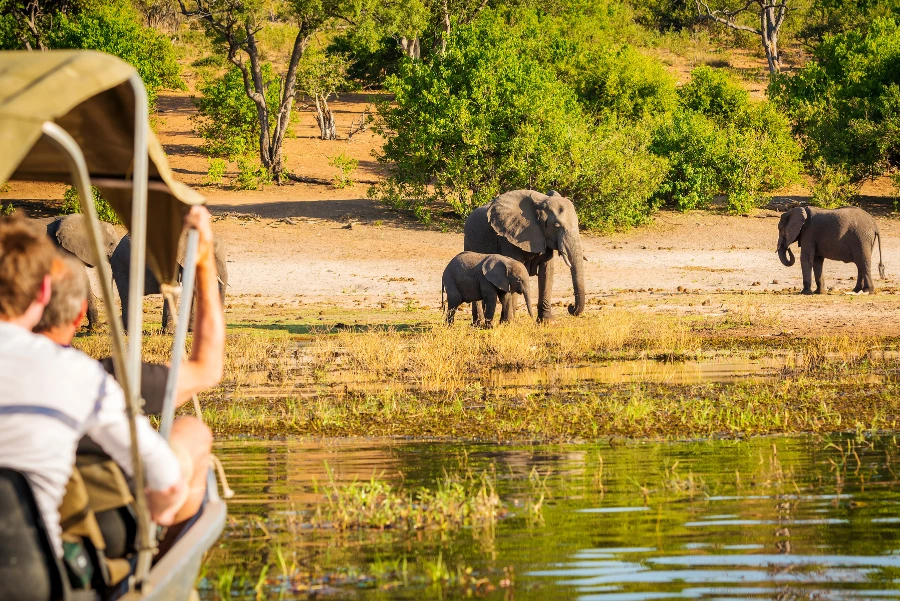Safari Photography: Capture Stunning Wildlife Shots in Africa. Having an African safari presents a unique experience to take incredibly beautiful wildlife filmland. From the Big Five and the raspberry species, Africa presents endless openings in terms of photogenic wildlife. Then are the some of the critical tips that may help you achieve the stylish outgrowth from your photography adventure on safari.
1. Plan Your Safari
– Exploration and Timing- Prior to your passage, exploration when and where stylish to snap wildlife. creatures vary in their time of exertion within the day and time. In Tanzania’s Serengeti, for illustration, the stylish time to witness the Great Migration is between July and October.
– Choose the Right Camp- A safari camp or lodge immolation guided tenures and knowledgeable attendants will make a big difference in your photography experience. They can take you near to the creatures and give you with precious perceptivity.
2. Gear Up
– Camera and Lenses- A good DSLR or mirrorless camera with a fast frame rate and high resolution is important. A blowup lens of 400 mm or further is a must-have for wildlife photography when shooting distant creatures. A wide- angle lens is also useful for geography shots and close-up hassles.
– Tripod and Accessories- Although tripods are generally impracticable in safari vehicles, a monopod can stabilize long lenses. Do n’t forget redundant batteries, memory cards, and lens drawing inventories.
3. Know Your Camera Settings
– Shutter Speed- indurate stir with a fast shutter speed, especially for cheetahs and catcalls that move snappily. A shutter speed of at least 1/ 500th of a second is recommended.
– Orifice- A wide orifice( low f- number) helps produce a shallow depth of field, which can insulate your subject from the background. orifice of f/ 2.8 to f/ 4 is ideal for this fashion.
– ISO- Use a low ISO as much as possible to minimize noise, but do not be hysterical to increase it if you suppose you need further light. trial with a many different ISO settings and see what works best.
– Focus Mode- AF- C or AI Servo with moving subjects, while AF- S works well on stationary creatures
Please read also: Discover Norway: Unveiling the Best Scenic Views
4. Lighting and Composition
– Golden Hour- stylish time of the day for photos. The colors are enhanced as well as textures during the golden hour because of the soft, warm light.
– Rule of Thirds- Use the rule of thirds to produce a composition that’s balanced and visually pleasing. Find an out- center position for your subject for a more dramatic picture.
– Background- Note the background. Do not get distracted, look for clean and tidied backgrounds.
5. Tolerance and Observation
– Be Quiet and Constant- Be quiet and still. creatures respond more when you are still. They will take some time to approach or may flee at the unforeseen movements and noise.
Observe and anticipate Observe the beast and prognosticate their coming move. occasionally, it leads to a awful shot.
Be patient Be patient with the shoot. Spend hours at one place and stay for the right moment to click.
6. Respect wildlife and the terrain
– Maintain Distance- Always maintain a regardful distance from wildlife. Do n’t get too close, as this will disturb them. Use your blowup lens to get close-up shots.
– Leave No Trace, Admire the terrain by not littering and following demesne regulations. save the natural niche for unborn callers and wildlife.


Pingback: Cultural Journey in Vietnam: From Hanoi to Ho Chi Minh City - Travelogy
Pingback: Exploring America: An Ultimate Road Trip Adventure - Travelogy